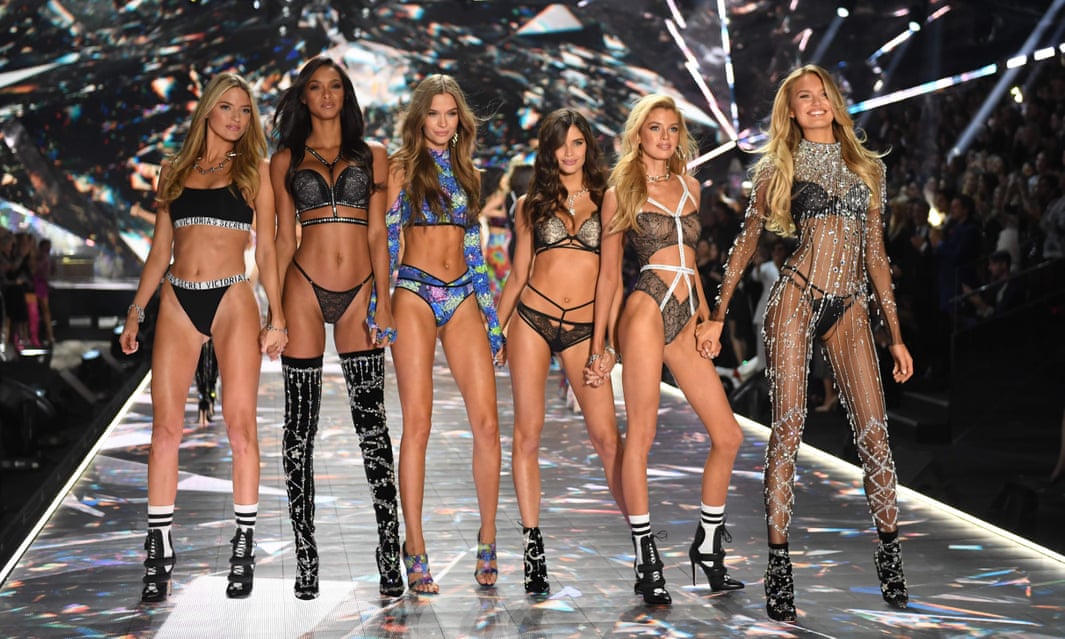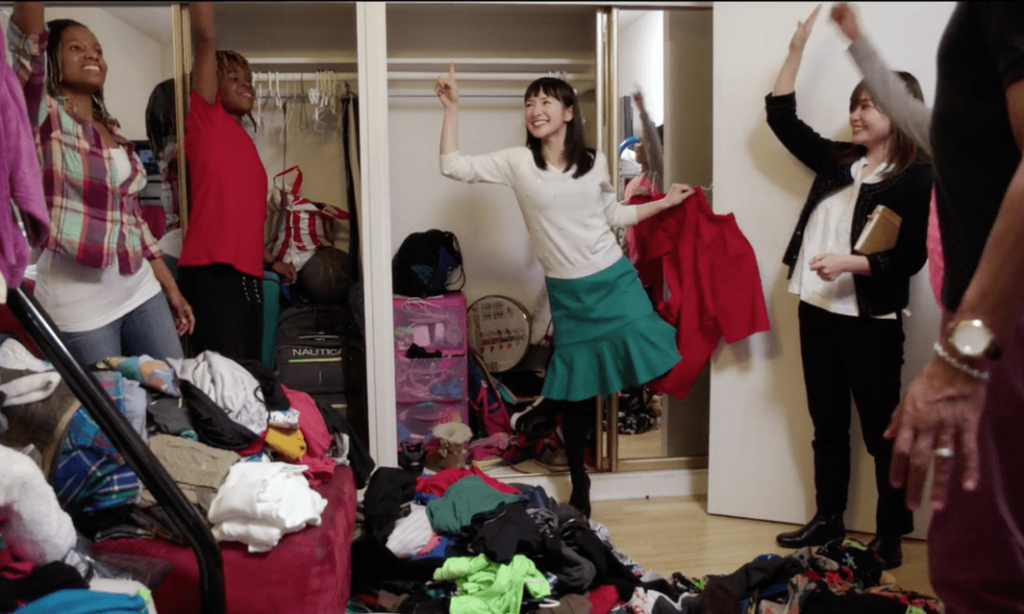They are hard to escape – images of impossibly thin women and overly muscular men appear constantly on our TV screens, magazine pages and social media feeds.
Now an Australian advertisers’ group has brought out new guidelines to exclude “unrealistic or unattainable” body images in advertising. But questions remain as to whether it will make a difference – and whether it goes far enough.
Last week the Australian Association of National Advertisers announced an update to its code of ethics on the portrayal of body image.
“Advertising and marketing communication must not portray an unrealistic ideal body image by portraying body shapes or features that are unrealistic or unattainable through healthy practices,” it said in a statement, describing the move as a “timely reminder”, particularly for advertisers using models and other influencers on social media.
Calling on advertisers to take responsibility for their advertising images is a welcome change. Christine Morgan, the head of the Butterfly Foundation, which operates an eating disorders helpline, said in the statement: “Advertisers have a moral and social responsibility to educate themselves and be diverse in their portrayal of body shapes and sizes.
“Overrepresentation in popular culture, of which advertising is a part, of so called ‘ideal’ bodies can trigger body dissatisfaction and translate into dangerous behaviours and in some cases, eating disorders.”
Body image is one of the top three issues of personal concern to young Australians, according to the 2017 Mission Australia youth survey. Research shows the media has a significant negative impact on body image, while advertising can create a “toxic cultural environment” when it comes to our relationship with food.
There have been some efforts to change the depiction of unrealistic images in the media. In 2017 the French government introduced a law banning unhealthily thin models. Models are required to provide a doctor’s certificate proving their body mass index sits within a healthy range to get work in France.
In Australia a national body image advisory group released a strategy in 2009, including a voluntary industry code of conduct on body image for advertisers, the media and the fashion industry to “promote more positive body image messages”. Many criticised it for “missing the point” and not going far enough.
The Australian model Robyn Lawley, who has been an outspoken critic of the depiction of unrealistic body images, says last week’s announcement is a step in the right direction, but not specific enough.
“Who’s going to be the one enforcing it, how are they going to monitor it and whose monitoring standards are they going to follow?” she asks. “Is this going to be open to diversity or discrimination in a different form?
“Some people are naturally skinny, that’s their body type. I don’t want to ostracise anyone’s body size, I’m just saying include all body sizes.”
The announcement comes days before the much-anticipated global screening of the Victoria’s Secret show on 2 December. Last year the show was reportedly watched by more than 1bn people worldwide. The world’s largest lingerie brand has been frequently criticised for its promotion of unhealthy body ideals for young women.
Despite this, Lawley says, the fashion industry has improved. She points to Rihanna’s Savage X Fenty lingerie show as an example of what a truly diverse fashion label could look like.
And she has seen it herself in the modelling jobs she is offered in Australia. “You were never even cast for jewellery five years ago,” she says. “That’s so crazy, the thought now, but yet you weren’t even considered for jewellery or makeup if you were anywhere near a bit curvy – you weren’t considered for anything but older women’s clothing, that was it.”
Chelsea Bonner, the director of Bella Model Management, agrees it’s a good move and something the industry should have done long ago. But she points out that the code isn’t enforceable, nor are there penalties for those who don’t abide by it.
“Just relying on people to be ethical is not enough … there needs to be enforcement, there needs to be penalties, otherwise it’s just going to be another one of those things where people roll their eyes and stop talking about their diets on Instagram and no real change will happen,” she says.
“I can already see the people in this business who just don’t care about anybody, all they care about is money,” Bonner says. “They are already going to be on the phones to their models saying don’t do this, don’t do that, don’t advertise this and make sure that nobody knows about that.”
Bec Brideson, who consults on gender issues in the Australian advertising industry, says it’s significant that the responsibility is being put on the advertising clients rather than the industry. “[The clients] have the power to say yes or no to those agencies … they are paying for the messaging. And if the agencies don’t want to comply, they can go and find people who do want to comply.”
Brideson, who is the executive creative director of Venus Comms, says “the male-built industry” is the reason it’s taken so long to shift away from unrealistic images in advertising. And the answer was not just about employing more women in advertising – “that’s a bit like pink washing” – but training men to think about how women see things.
Although there are no penalties for advertisers who don’t follow the guidelines, Brideson says consumers hold the power. “The brands that want to ignore the guidelines will do so at their peril.”

Dr Meredith Nash, senior sociology lecturer at the University of Tasmania, says while the move is good in theory, she is concerned about who will be deciding which body sizes would pass the test.
“Again another anonymous body of people who will decide if someone has breached a standard – who are those people?” she asks. “Is it a group of men deeming that these images are appropriate for women? Is it women deeming images are appropriate for women and girls?
“I think there needs to be more clarity about whose is delivering the expertise to suggest certain images are bad and certain images are good.”
She has other concerns, too. “While I agree with all of this research that to a certain extent these images are harmful, I find it problematic that we would suggest that women and girls are these passive victims of culture, that women just critically accept images that are put in front of them and looking at what is described as a thin body will make women have an eating disorder. I think we really lose the complexity of [the discussion], there is a wide range of discourses that influence how we think about ourselves and how our bodies should look.”
Women can and do view images critically, she says: “I think that it’s powerful when women don’t like what they see in advertising, that they have the choice to not buy a product, they have the choice to not look at an ad or turn away from an advertiser. I think it’s important to ensure that consumers have that choice.”
She also believes the announcement is too vague. “It’s so fuzzy because it’s a wide array of images and platforms that people are exposed to. You can’t ban them all. You can’t regulate them all. And surely there is not enough money behind this initiative to monitor and surveil the wide range of images that people are exposed to.”
The AANA was approached for comment. After publication, it provided a statement from its director of policy and regulatory affairs, Simone Brandon.
Brandon said there was effective enforcement of the AANA’s code of ethics by the Ad Standards community panel and it applied to all advertisements in all media forms. “Any member of the public can complain to the independent complaints handling body, Ad Standards. Advertisements found in breach must be amended or removed from broadcast or publication. All major media associations and their members and the major digital platforms are committed to supporting the self-regulatory system.”
She added that, should an advertiser refuse to comply with a determination by Ad Standards, “media outlets would themselves refuse to run the advertisement until it was compliant with the code”.
Given panel determinations were made public, advertisers found to be in breach were likely to attract negative media coverage. “This risk of significant reputational damage would be particularly high if an advertiser was perceived by the public as encouraging unhealthy practices among young people.”
Brandon said the independent community panel adjudicators were gender-balanced and representative of the Australian community. She added: “Advertisers will continue to be able to portray people who reflect the diversity of body shape, appearance and size in Australia.”
Published on Guardian Australia on 27 November 2018 as ‘Discrimination in a different form?’ Doubts dog advertising guidelines on body image



